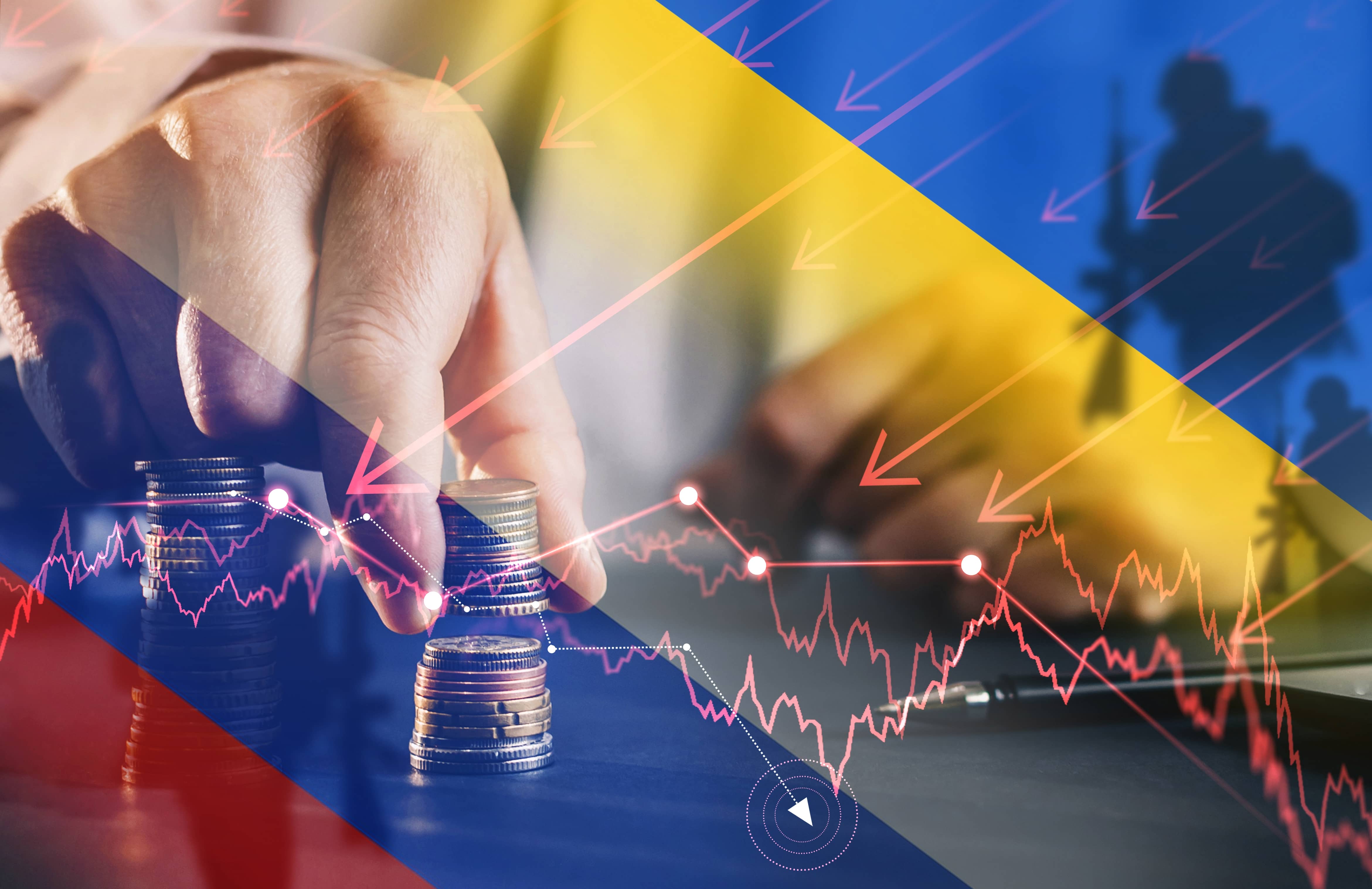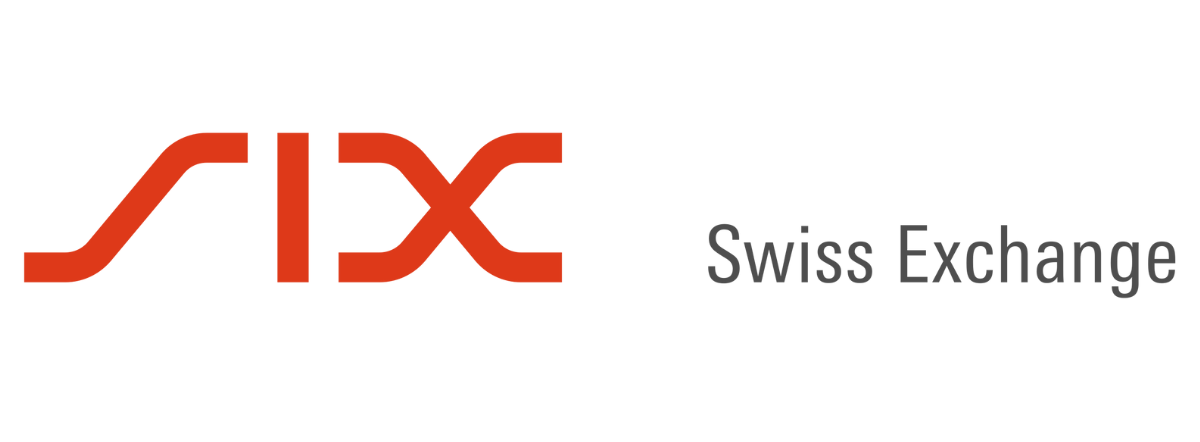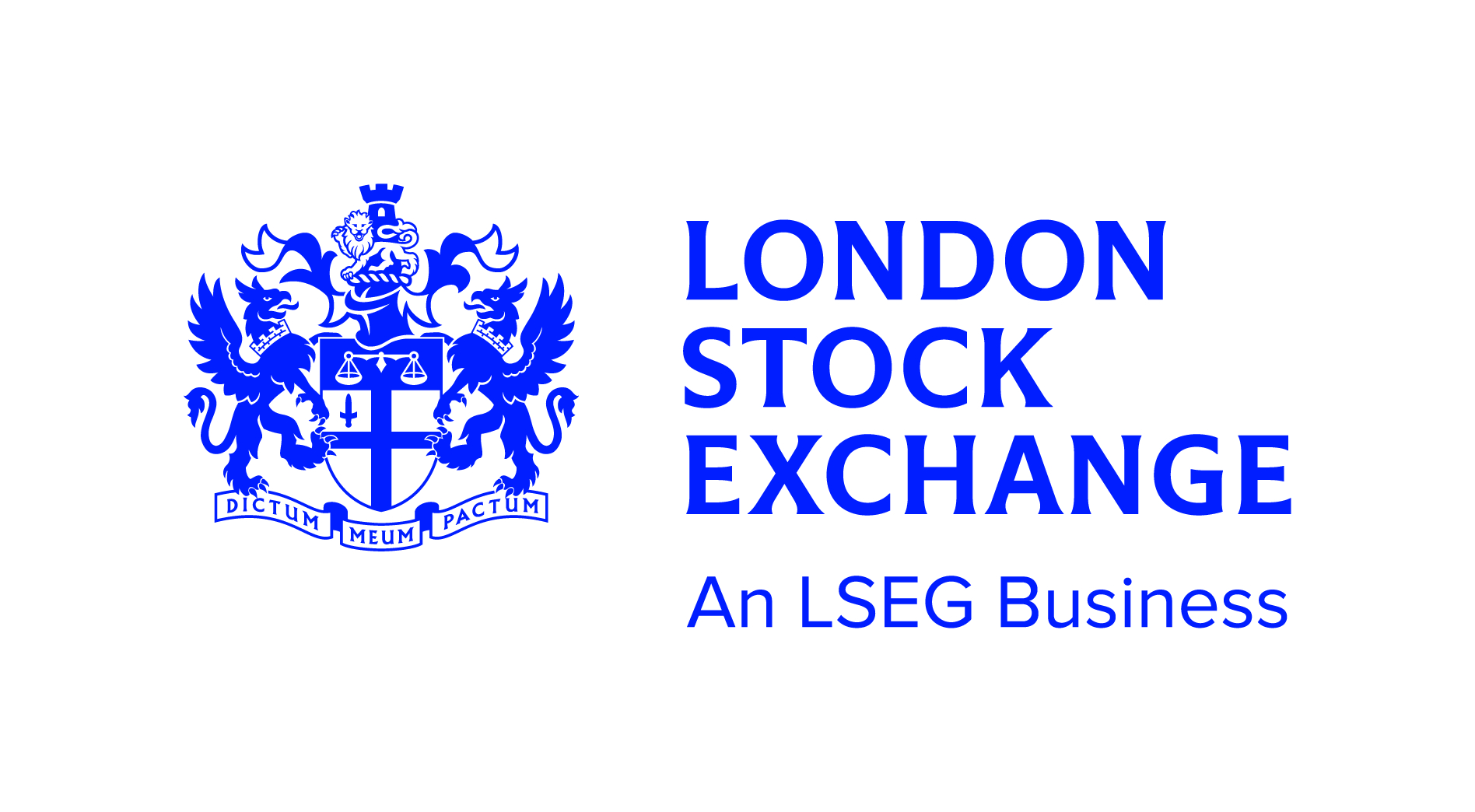The collapse of the Russian stock market following the invasion of Ukraine has left the majority of Russia ETFs in an "unprecedented" position after the majority of exchanges across Europe suspended trading.
Late last Friday, Euronext, Borsa Italiana, Deutsche Boerse and the London Stock Exchange suspended trading on several Russia ETFs until further notice.
The move came after all ETF issuers offering exposure to Russia were forced to halt primary market trading after liquidity in the underlying holdings vanished.
The Moscow Stock Exchange has been closed since 25 February after Russia’s invasion of Ukraine and subsequent sanctions imposed by western economies sent markets into free fall.
As Eric Balchunas, senior ETF analyst at Bloomberg Intelligence, said on Twitter: "This is pretty unprecedented."
While the Russian market has become so illiquid that ETFs have closed across the majority of exchanges, mutual funds have also been forced to gate.
According to Fitch Ratings, there are currently 10 Russia-focused and emerging market funds with €4.2bn assets under management (AUM) that have suspended redemptions, as at 28 February, with the remaining funds most likely set to gate or liquidate due to constraints in the Russian market.
As Fitch said: “We believe further Russia-focused funds may suspend redemptions, driven initially by an inability to trade portfolio securities.
“Funds may temporarily suspend redemptions if available liquidity is insufficient to meet redemption requests, or if market closures or related issues mean funds cannot trade their portfolios effectively.
“The closure of the Russian stock exchange, for example, could force funds with domestic exposure to suspend redemptions due to an inability to trade effectively.”
This is one of the key differences betweenmutual funds and ETFs. During periods of rapidly vanishing liquidity, mutual funds will be forced to gate leaving investors trapped in the fund.
The Neil Woodford saga, which saw the star fund manager’sflagship fund gate after a string of redemptions in 2019, led former Bank of England governor Mark Carney to claim mutual funds are “built on a lie”.
ETFs, meanwhile, also trade on the secondary market where market makers match buyers and sellers. This acts as an extra layer of liquidity during periods of market stress.
As the Bank of England said in its Financial Stability Report following the March 2020 sell-off: “The secondary market trading of ETFs means there is lower risk of a dynamic that incentivises the fire sales of their underlying assets.”
The secondary market meant Russia ETFs acted as a source of price discovery for the underlying market when the Moscow Stock Exchange was closed.
Somewhat interestingly, there has been a divergence between Russia ETFs with some trading at huge premiums while others have traded at discounts.
Highlighting this, the iShares MSCI Russia ADR/GDR UCITS ETF (CSRU) jumped to a 111% premium to its net asset value (NAV) after Blackrock suspended primary market trading on 2 March while the iShares MSCI Eastern Europe Capped UCITS ETF (IEER) closed at a 60% discount.
The premium-discount diversion shows investors are split. The high premiums signal investors are prepared to take advantage of the collapse in the Russian economy and access the dirt-cheap prices on offer while the discounts show investors are looking to offload their investment.
Russia ETFs continue to trade on the SIX Swiss Exchange and act as a source of price discovery. Demand for Russia exposure remains high with CSRU, for example, currently trading at a 151% premium to NAV despite being down 34% so far on 7 March.
Related articles










